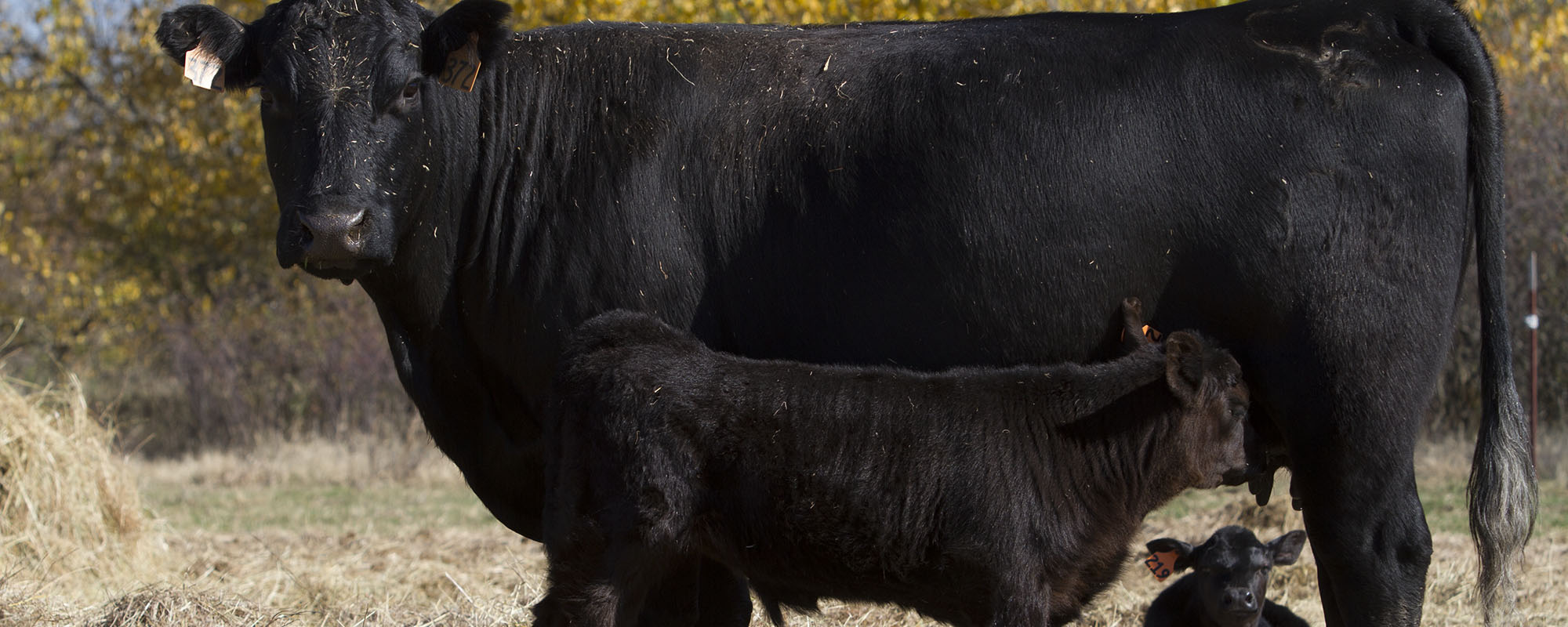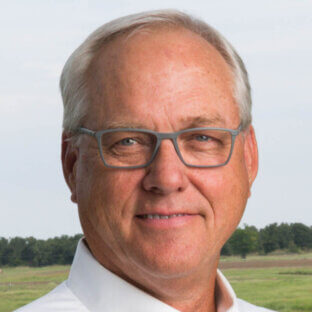Many cattle seminars across the Southern Great Plains have offered sound advice about replacement female development and selection. A significant number of producers are strongly considering, if not already in the process of, rebuilding their cow herds. Buying or raising replacements is an opportunity to improve the quality of your herd and product. A few common principles have emerged that I believe are very important to keep in mind when you are ready to rebuild.
Generally, the ideal cow for an operation is one that produces at her maximum genetic potential in the environment you are willing and able to provide. Besides things like climate, forage type, terrain, pasture size, distance to water, etc., “environment” is also the knowledge, experience and management that I bring to the operation. Her reproductive performance (bringing a calf to the weaning pen every 365 days) is the most direct measure of how well she fits my environment and the factor that has the most impact on profitability.
- Select replacements that will be moderate in mature size and with average milk production. Reproductive performance is primarily driven by proper nutrition, and nutrition requirements are highly dependent on size and genetic capacity to milk. For instance, while nursing a calf, a 1,300-pound cow needs over 10 percent more total dry matter intake, protein and energy than a 1,100-pound cow. After weaning, although both cows have lower nutrient requirements, that difference in their needs remains. Cows that fail to rebreed are often too big and/or produce too much milk for available resources and management to support. In my experience, cows weighing 1,000 to 1,300 pounds at maturity and that are average milk producers seem to fit the spectrum of environments in this area the best.
- Select replacements that increase the uniformity of the herd in breed makeup, size and stage of reproduction. This will increase the uniformity of the calf crop, which numerous studies show adds significant value to your product at marketing. Data from Oklahoma indicates that a pen of six to 10 head of uniform calves can bring a premium of $7.50 per hundredweight compared to smaller, less uniform lots.
- If purchasing pregnant replacements, buy only females that are bred to calve early in your calving season, or even a month or two before your calving starts. This sets the new females up for success, with the potential to stay in the early-calving part of your herd. It’s a common objective to have at least 65 percent of calves born in the first 21 days of the calving season. Logically, early-born calves will be heavier at weaning. In fact, you give up 50 pounds of weaning weight for each 21-day period into the season a calf is born. Of course, having at least 65 percent of your calves in a 21-day period increases uniformity and value at marketing.
- Breed yearling heifers to calve a full month before the cow herd begins calving. This age-old recommendation is still valid. This gives them an extra month to be ready to breed along with the mature herd.
Be very deliberate when selecting replacements, so that you come out on the other side with a more uniform, productive herd that fits your environment.


Comments